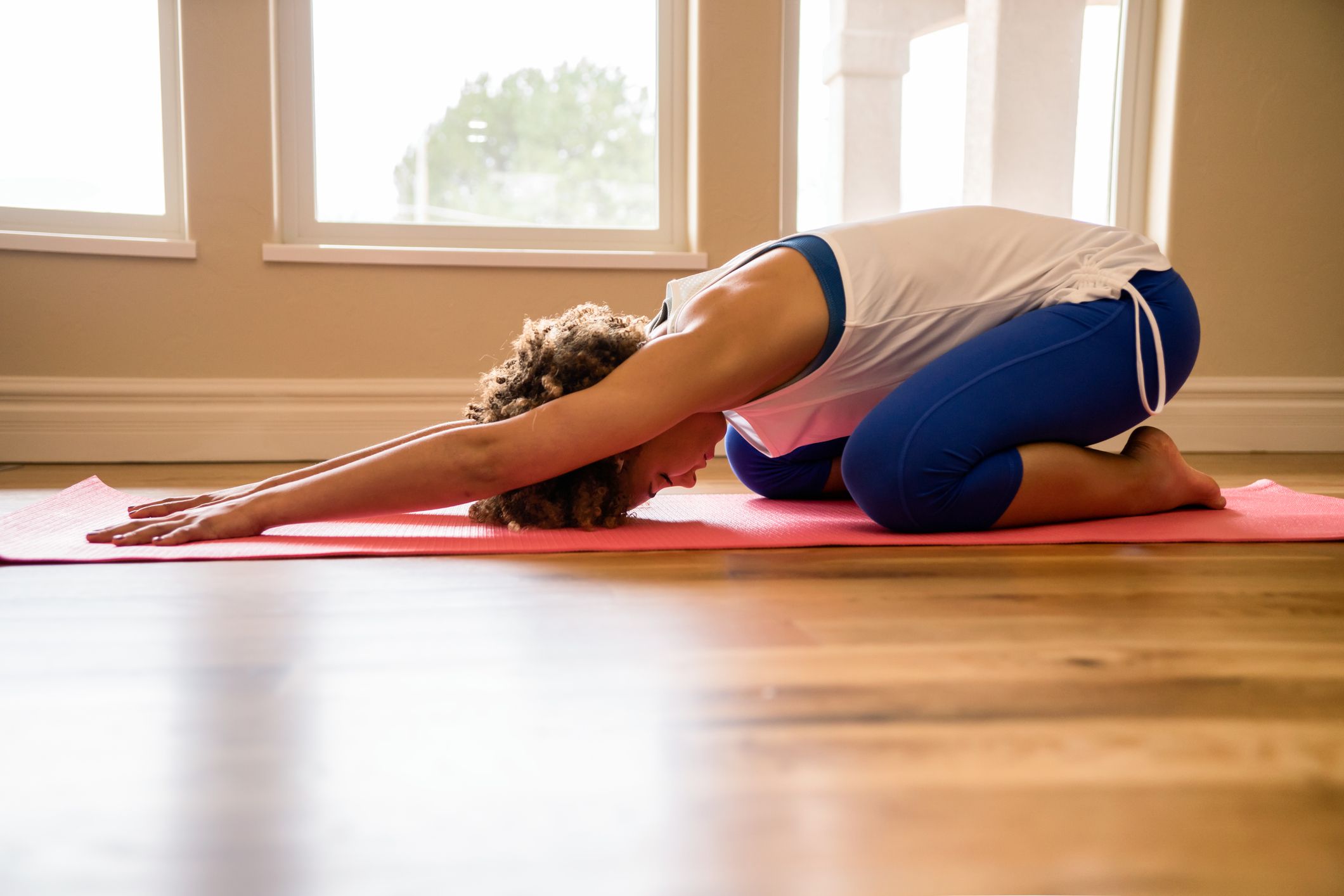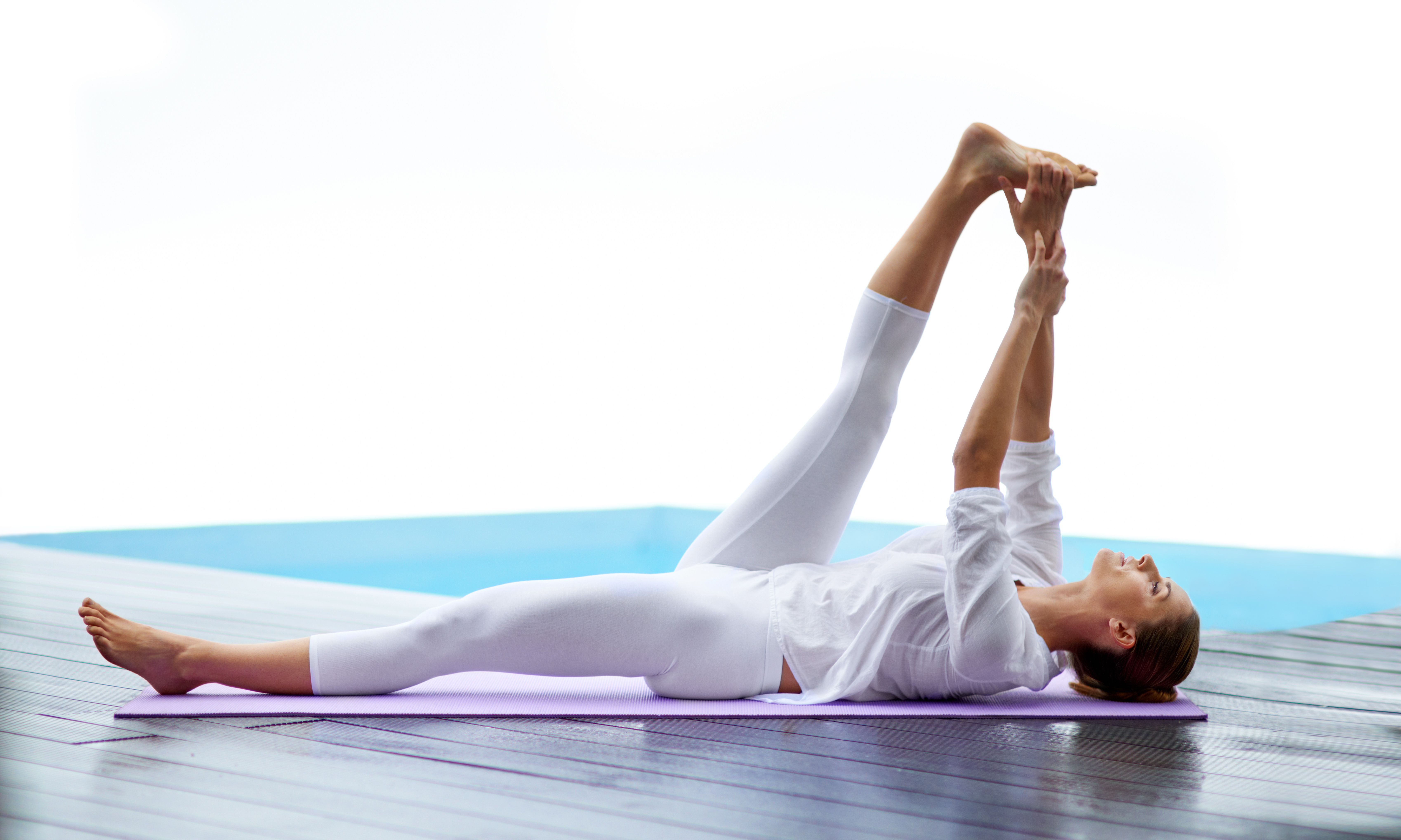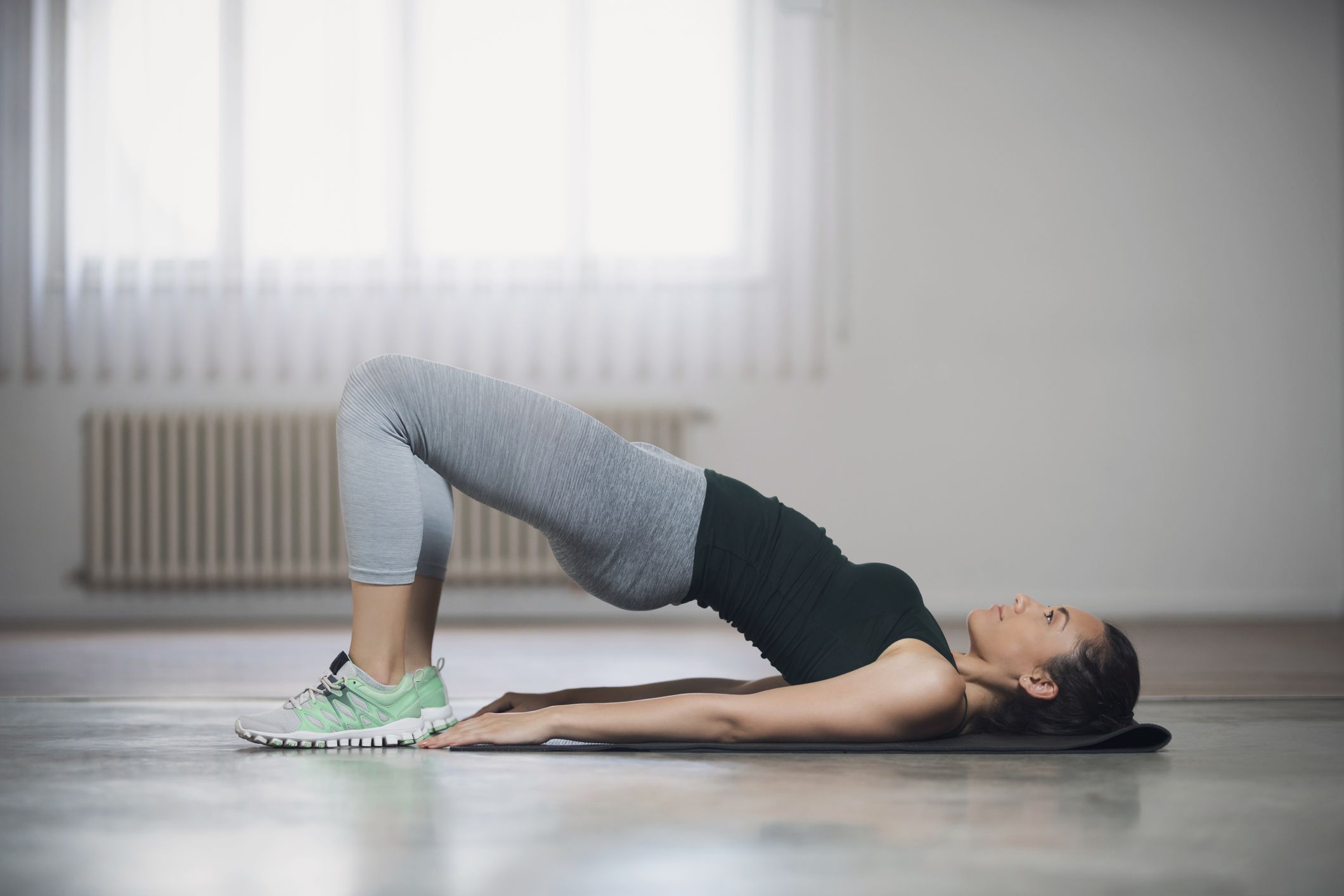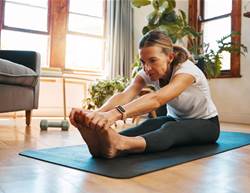Lower back pain is one of the most common health complaints worldwide. The World Health Organization notes it is the leading cause of disability globally, yet also the condition for which the greatest number of people could benefit from rehabilitation such as stretching. With that in mind, fitness experts share the best stretches to ease lower back pain, a practical tool to help manage this stubborn issue.
Before you start, speak with your GP or another health professional. Back pain has many causes. Some may respond to stretching—think a sedentary routine or poor posture—while others will not, such as a urinary tract infection.
Here, experts outline effective stretches for lower back pain—many target more than the back alone. As body performance and injury expert Rami Hashish explains, building core strength, posture, stability and flexibility through the back, hips and legs matters because these areas are connected and can all contribute to pain.
Keys to remember when stretching your lower back
Before we get into the stretches, here are some specific expert-backed tips for finding relief safely:
- Stretch your lower back with care, especially if you have an existing injury or health concern, said director Jamie Costello. If you’re in pain, speak with your GP before starting anything new.
- Work out whether you’re flexion-sensitive (leaning forward hurts) or extension-sensitive (arching back hurts), said physiotherapist Karen Litzy. When you begin, be extra cautious with moves that load your sensitive direction.
- Hold each stretch for at least 10 seconds, preferably 30 seconds or longer, Costello recommended. Longer holds tend to deliver more relief.
- Don’t rush. Put on calming music and use the time to relax and reset, Costello suggested.
- Breathe. Focusing on steady breathing can help you manage discomfort.
- Pair stretching with gentle daily movement like walking, said Litzy.
Best stretches to ease lower back pain
Try these lower back stretches. Move slowly, breathe steadily and stop if pain spikes.
1. Child’s Pose

- Come to hands and knees with wrists under shoulders and knees under hips.
- Walk your arms forward, palms down.
- Hinge at the hips and send your bottom back towards your heels, resting your tummy on your thighs.
- Soften your chest and forehead towards the mat as your arms lengthen.
- Hold 20–30 seconds or longer and breathe.
Modifications: If hips feel tight, take the knees wider and go only as far as comfortable, said Litzy.
2. Cat/Cow Stretch
- Start in tabletop.
- Cat: Round through your spine, drawing your ribs and tummy up. Hold 5 seconds.
- Cow: Let the tummy drop as you gently arch the low back and look up. Hold 5 seconds.
- Flow between the two for 30 seconds or longer.
This moves the low-back muscles in two directions and can build core control and balance, said Hashish. Litzy suggested focusing on the pelvis “as if you have a tail to lift towards the ceiling or tuck under.”
3. Supine Twist
- Lie on your back, knees bent, feet on the floor.
- Reach arms out in a “T.”
- Keeping both shoulders grounded, roll both knees to one side. Hold 20–30 seconds.
- Return to centre and repeat on the other side.
Modification: Place a pillow or folded blankets under your knees if the stretch feels too strong. This targets the lower back and glutes and may improve overall spinal mobility, said Hashish.
4. Pelvic Tilt

- Lie on a mat with knees bent and feet flat.
- Find neutral spine (a small curve under the low back).
- Brace your core, then gently tilt the pelvis to press the low back into the floor. Hold a few seconds, release.
- Repeat 12–15 times.
This can help bring gentle movement back to the pelvis, ease sciatic irritation and engage the abdominals, said Hashish.
5. Reclining Hand-to-Big Toe Stretch (Supta Padangusthasana)

- Lie on your back and lift the right leg towards your face, left leg long on the floor.
- Hold behind the thigh or calf, depending on hamstring length.
- Keep the opposite hip grounded, head and shoulders relaxed. Hold for 10 slow breaths.
- Without lifting the opposite hip, lower the right leg out to the right only as far as you can control.
- Return to centre, lower the leg and repeat on the other side.
Modification: Bend the bottom leg with the foot on the floor, or skip the out-to-the-side step.
This loosens the backs of the legs, ankles, calves and hamstrings, all of which can tug on the low back, said Hashish. If you have shooting pain down one leg, avoid this, Litzy advised.
6. Bridge Pose

- Lie on your back, knees bent, feet hip-width with heels close to your glutes.
- Press through your feet to lift the hips.
- Reach the knees away to lengthen the front of the hips and low back.
- Hold 30 seconds.
Engaging the glutes supports the lower back. It also opens the chest and hips while strengthening back, buttocks and hamstrings, said Hashish.
7. Pigeon Pose
- Start on all fours.
- Bring the right knee towards the right wrist and lower the right shin (angle is OK).
- Slide the left leg back until the front of the thigh rests on the floor.
- Stay upright or fold forward onto stacked hands.
- Hold 7–10 breaths.
Tight hip flexors can feed low-back pain. This extended half-pigeon is an effective hip opener and mobility drill, said Hashish.
How to get the most out of your stretches
Before you begin, identify which movements ease your symptoms, said physical therapist Mike Teater. “Many times, loosening tight muscles by lying on a tennis or lacrosse ball first helps you stretch better,” he said. Think of a tight muscle like a rubber band with a knot: “If you pull the band, you only stretch either side of the knot. By loosening the knot first, you get a better overall stretch and the nearby joints move more freely.”
Teater added that stretching alone won’t fix every case. “These activities are great for relief and management,” he said, but long-term results often need stronger core support and lifestyle changes that reduce irritation.
When you should see a doctor about lower back pain
See your GP promptly if pain lasts longer than two weeks, is severe or constant at rest, comes with loss of sensation, weakness, trouble walking or moving your legs, or any bowel or bladder changes, said Hashish.













